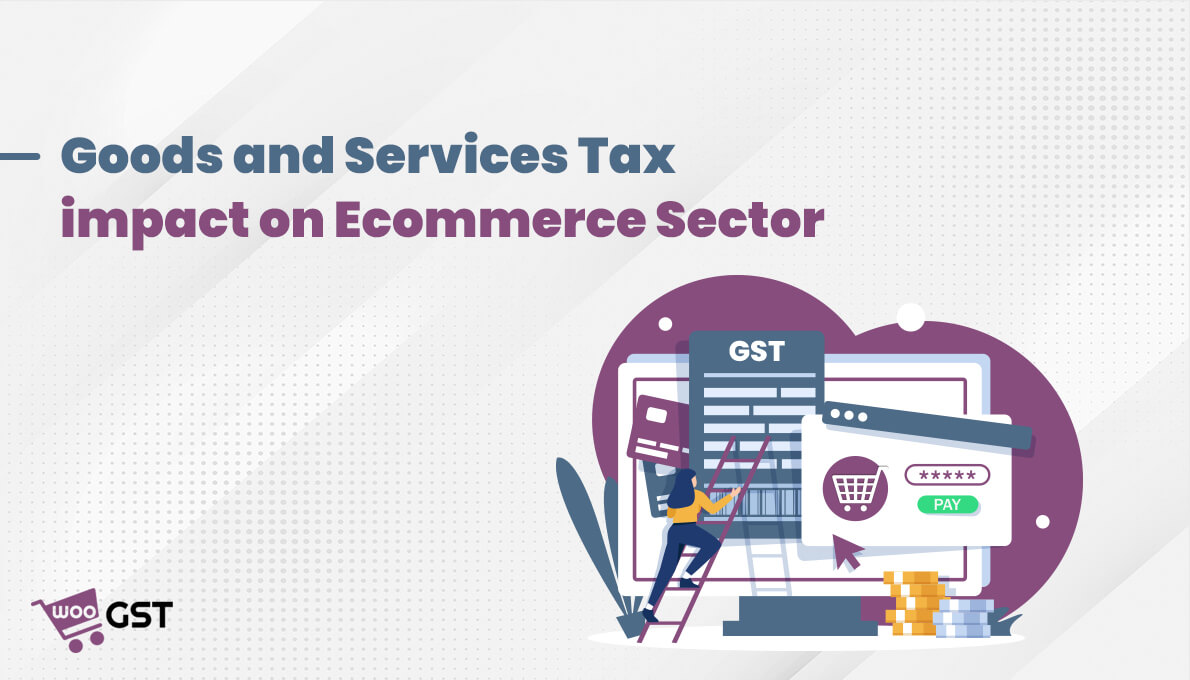
In India, the Goods and Service Tax (GST) is imposed on the provision of products and services.
It is a compressive, multi-stage tax including all indirect taxes except for the few state tax.
The term “multi-stage GST” refers to a tax that must be collected from all stakeholders, including the consumer, at all stages of the production process. Furthermore, a tax that is based on the destination rather than the origin gathers taxes from every point of sale.
We adhere to the One Nation – One Tax Policy, which had a substantial impact on all business sectors. Before the One Nation-One Tax, Indian citizens were subject to a variety of taxes.
The GST’s adoption had a significant impact on India’s e-commerce market. Let’s take a look on how GST has impacted business/e-commerce sector.
Impact of GST on the business/e-commerce sector
-
Abolition of the cascading tax effect
Earlier, there was a separate GST for e-commerce sellers for each stage of production. Additionally, there was a separate tax for both the federal government and the state governments. As a result of this people may be forced to pay tax on already paid taxes.
Since all taxes are now covered under one umbrella, which reduces the effect of cascading taxes.
-
Decrease in logistics costs
Travel in different states used to be a huge burden for e-commerce businesses. Different state has different GST for e-commerce sellers. During transport to a different state every time a vehicle has to stop at multiple locations to complete paperwork. Removal of multiple state taxes has helped e-commerce choose a profitable vendor from different states.
-
Increased Compliance Cost
The model GST Law cast an obligation where e-commerce businesses have to collect the tax at source and deposit a collected tax at the supplier when payment has been done. This significantly increases the burden and responsibility to the e-commerce operator due to various vendors.
Additionally, under the current system, e-commerce players are only considered service providers and must adhere to a single unified service tax law. Such e-commerce operators would also be expected to comply with more regulations in the States where the supplier is located under GST and the TCS burden.
-
Growth into new cities
Earlier states had different GST for e-commerce sellers on the different products but now have uniformity of tax for different products. This encourages online sellers to expand their businesses to new cities.
If you want to sell products online to a different state you don’t have to change the pricing model according to the state’s tax model.
-
A source-based charge
In addition to vendor obligation, e-commerce marketplaces must deduct 2% of TCS net-value revenue before charging the government. Also crucial are the marketplace sales that are reported as well as the monthly sales of the seller. The vendor will be responsible for paying the additional amount if any discrepancies continue. By eliminating fraudulent online marketplace practices and reducing tax evasion, this strategy hopes to increase trust between marketplaces and sellers.
-
Composition is not exempt
Sellers in e-commerce sites are not entitled to any compensation as a result of the GST action. A seller with a 75 lakh rupee annual revenue can now file their tax return quarterly rather than on a monthly basis according to the composition plan.
However, GST has some negative impact on the e-commerce business. For Example, e-commerce companies now need to collect taxes from their customer, which has increased their operational cost. This has made it difficult for smaller companies to compete with large companies.
-
GST Registration for e-commerce
GST registration is mandatory for e-commerce operators instead of their annual turnover. E-commerce operators with a turnover rate of less than 40 lakhs or 20 lakhs for goods and services respectively are exempted from GST registration.
GST on e-commerce businesses to streamline taxes
The procedure for submitting taxes was impacted by the introduction of GST. Owners of e-commerce businesses are no longer required to worry about it.
The GST site allows for the online completion of every compliance task.
In conclusion, GST implementation has both positive and negative impacts on the e-commerce business. While it has made it easier for e-commerce companies to operate in different states, it has also increased its operational cost.
Despite these challenges, the e-commerce sector in India has continued to grow and is expected to grow in the coming year.
All Rights Reserved. © 2023